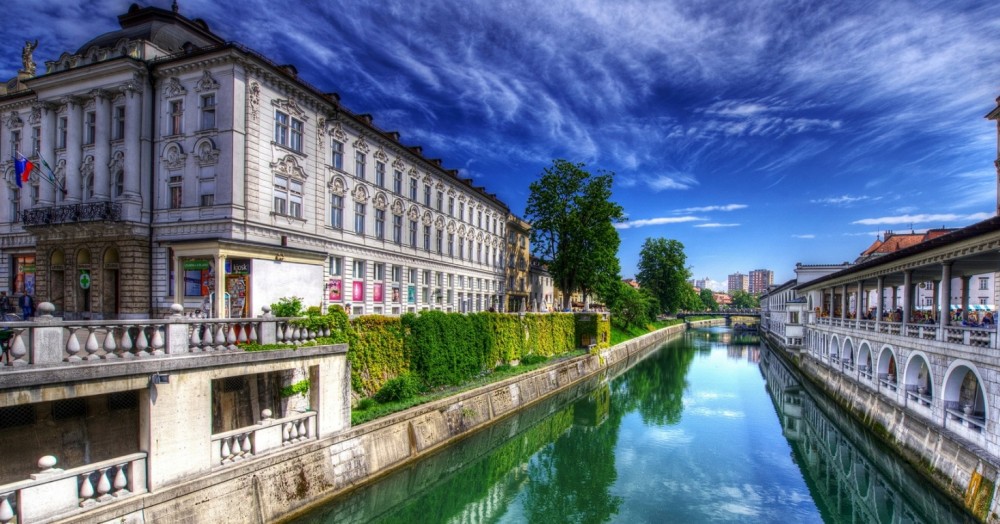
The article deals with the restoration of the process of Slovenian state-building. was traced; it is proved that the incompleteness of this process was conditioned by following factors: the indecisiveness of the Slovenian national-political program, the split of the Slovenian politicians into the flows of Yugoslavism and Slovenism, which, in turn, rooted in the confidence of the Slovenes in their «non-historicity»; «windows of opportunity» of the state-building process were defined. The process of restoring Slovenian statehood began in August 1918. After the creation of the Kingdom of SHS (December 1, 1918), the essense of actions of Slovenian politician was the struggle with the central Belgrade government for the preservation of national autonomy. The process passed through four «windows of opportunity» and remained unfinished in the context of the planned fragmentation of Slovenian lands between Italy, Germany, Hungary and Croatia in 1941. The Slovenes took advantage of the first «window of opportunity» within the borders of the State of SHS, when the first-ever national democratic authorities were established in August-November 1918. The next «windows of opportunity» was wanted long enough and arose only in 1927-1929, when it was allowed to elect the Ljubljana and Maribor regional assemblies. The third opportunity to continue the state-building process in Slovenia reopened with the creation of the Drava Banovina and its Ban’s Council. The Drava Banovina united all Slovenian lands under a single administration, which was a step forward in this respect. The culmination of this process was the preparation for the creation of the Banovina of Slovenia in 1939-1941. The last, fourth, attempt to restore Slovenian national autonomy during the activity of the «April» National Council for Slovenia in the first period of Nazi-Fascist occupation of Slovenia (April — September 1941). The «windows of opportunity» of the Slovenian state-building process show its «wave» character: it was restored and accelerated in times of internal political chaos — the collapse of multinational state formations within which the Slovenian people lived, amid increasing external threat across the Slovenian northern border, Hungary, in the (most) part of the Slovenian lands, which became part of the state, common with related Slavic peoples (Croats and Serbs). Thus, in the conditions of stable existence in multinational states with an authoritarian regime, the process of Slovenian state formation slowed down.
Source: Malshina K. (2021) Slovenian Interwarstate-building: a look through the «windows of opportunities». Antiquities of Lukomorie. №1(4): 59-72
Source web-site: http://www.lukomor.mosk.mksat.net/index.php/lukomor/article/view/49/44
Number of views: 2061